Expansion of the Roman Empire
Foundation and Early Republic
The Roman Empire’s roots trace back to the city of Rome, traditionally founded in 753 BC. Initially a small kingdom, Rome transitioned into a republic in 509 BC after overthrowing its monarchy. The Roman Republic was characterized by a complex system of checks and balances, with power shared among the Senate, elected magistrates, and popular assemblies.
Punic Wars and the Rise of Rome
The Punic Wars (264–146 BC) were a series of three wars fought between Rome and Carthage, a powerful city-state in North Africa. These conflicts were pivotal in Rome’s rise to dominance:
- First Punic War (264–241 BC): Rome gained control of Sicily, marking its first overseas province.
- Second Punic War (218–201 BC): Famous for Hannibal’s daring crossing of the Alps, this war ended with Rome’s decisive victory at the Battle of Zama.
- Third Punic War (149–146 BC): Rome destroyed Carthage, securing its supremacy in the Western Mediterranean.
Conquests and Territorial Expansion
Following the Punic Wars, Rome embarked on an era of aggressive expansion:
- Hellenistic Kingdoms: Rome conquered the Hellenistic kingdoms in Greece and Asia Minor, incorporating their rich cultures into the Roman world.
- Gaul: Julius Caesar’s conquest of Gaul (58–50 BC) extended Roman control to modern-day France and Belgium.
- Britain: Under Emperor Claudius, Rome began the conquest of Britain in AD 43.
- Egypt: The defeat of Mark Antony and Cleopatra in 30 BC brought Egypt under Roman control, enriching Rome with its vast resources.
Infrastructure and Engineering Achievements
Rome’s expansion was facilitated by its remarkable infrastructure and engineering feats:
- Roads: The Roman road network, including the famous Appian Way, enabled efficient movement of armies and trade.
- Aqueducts: Aqueducts like the Pont du Gard supplied cities with fresh water, showcasing advanced engineering skills.
- Architecture: Iconic structures such as the Colosseum, Pantheon, and Roman Forum exemplify Roman architectural ingenuity.
- Urban Planning: Roman cities were well-planned, with forums, baths, theaters, and temples enhancing civic life.
Decline of the Roman Empire
Internal Factors: Political Instability, Economic Troubles, Military Issues
The decline of the Roman Empire was a complex process influenced by multiple internal factors:
- Political Instability: Frequent changes in leadership, civil wars, and power struggles weakened the central authority. The Crisis of the Third Century (235–284 AD) saw numerous claimants to the throne and widespread turmoil.
- Economic Troubles: Heavy taxation, inflation, and reliance on slave labor strained the economy. The devaluation of currency and trade deficits further exacerbated financial difficulties.
- Military Issues: The cost of maintaining a vast army and defending extended borders drained resources. Mercenary forces, often less loyal and effective than Roman legions, became increasingly relied upon.
External Pressures: Barbarian Invasions, the Huns
External pressures played a significant role in the empire’s decline:
- Barbarian Invasions: Germanic tribes, such as the Visigoths, Vandals, and Ostrogoths, invaded Roman territories. In 410 AD, the Visigoths sacked Rome, a symbolic blow to Roman prestige.
- The Huns: The arrival of the Huns, led by Attila, pushed other barbarian groups into Roman lands, intensifying the invasions and causing widespread destruction.
Division of the Empire into East and West
In an attempt to manage the sprawling empire more effectively, Emperor Diocletian divided it into the Eastern and Western Roman Empires in 285 AD. This division was solidified by Emperor Theodosius I in 395 AD, creating distinct political and administrative entities:
- Western Roman Empire: Centered in Rome, it faced constant pressure from barbarian invasions and internal decay.
- Eastern Roman Empire (Byzantine Empire): Centered in Constantinople, it remained more stable and prosperous, preserving Roman heritage for centuries.
Fall of the Western Roman Empire in 476 AD
The Western Roman Empire officially fell in 476 AD when the last Roman emperor, Romulus Augustulus, was deposed by the Germanic chieftain Odoacer. This event marked the end of ancient Rome’s political dominance and the beginning of the Middle Ages in Western Europe.
Read More About The Roman Empire
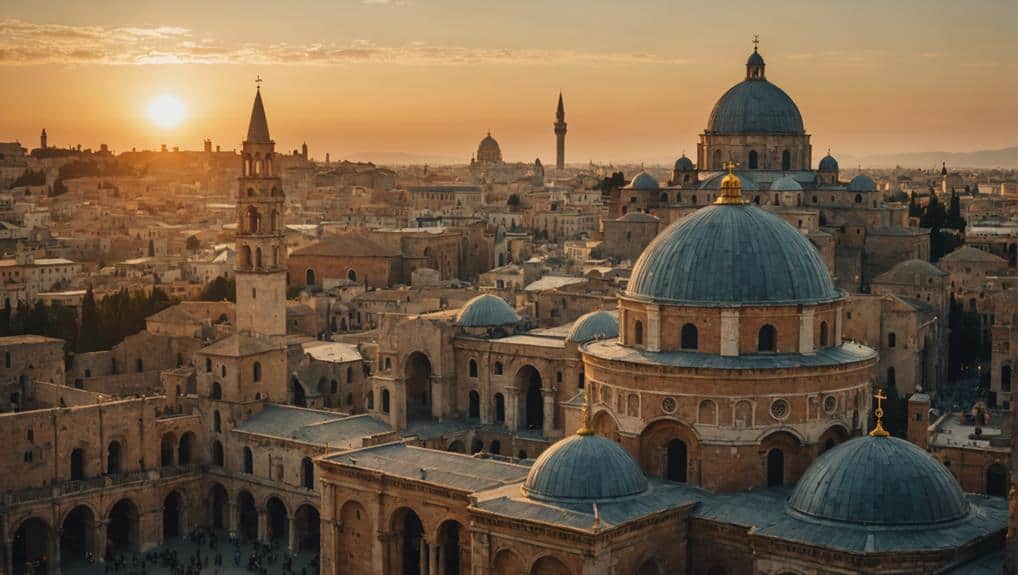
Rome's Legacy: The Rise and Glory of the Byzantine Empire!
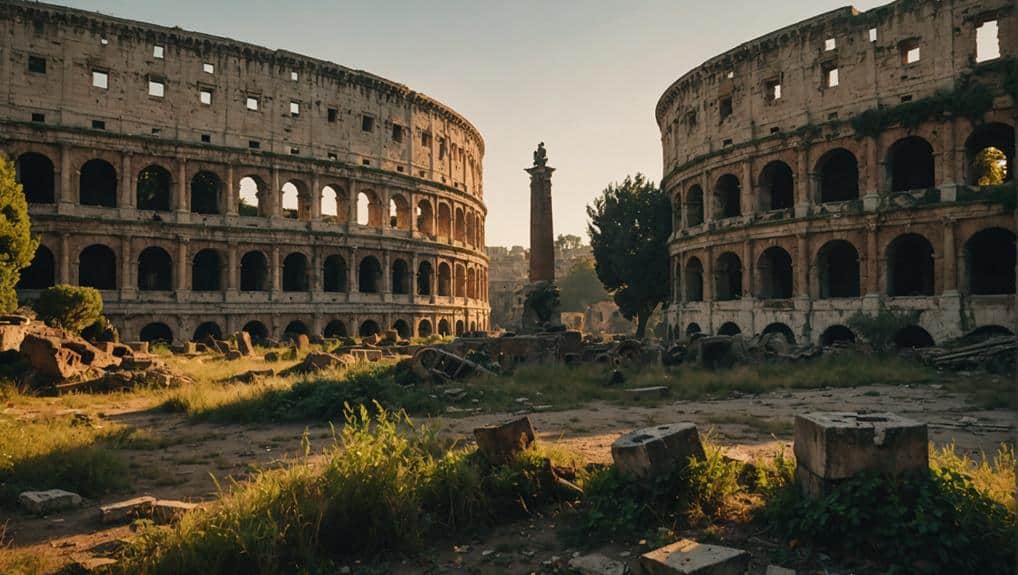
Empire in Ruins: The Real Reasons Behind Rome's Fall!
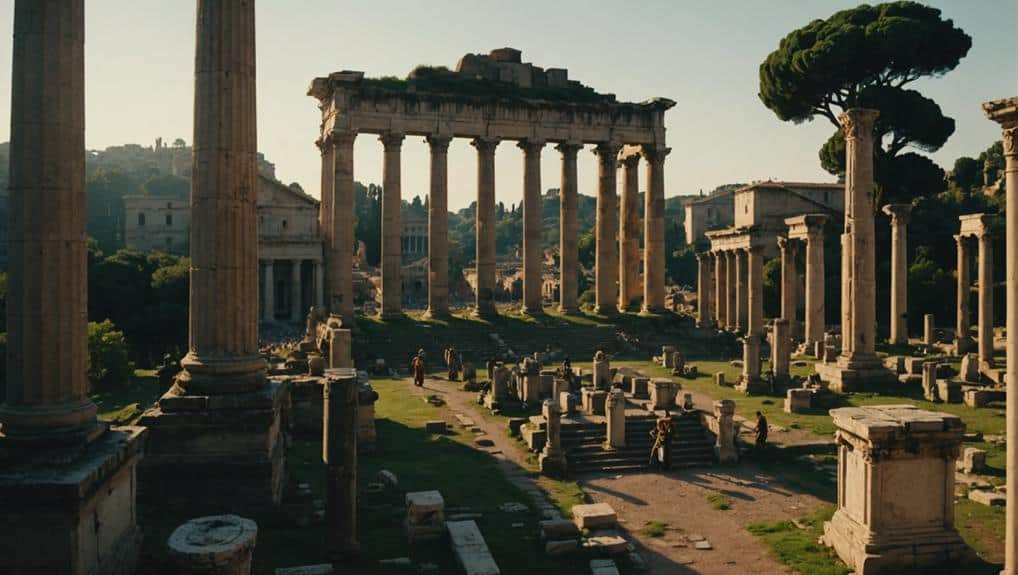
Timeless Designs: The Architectural Genius of Ancient Rome!
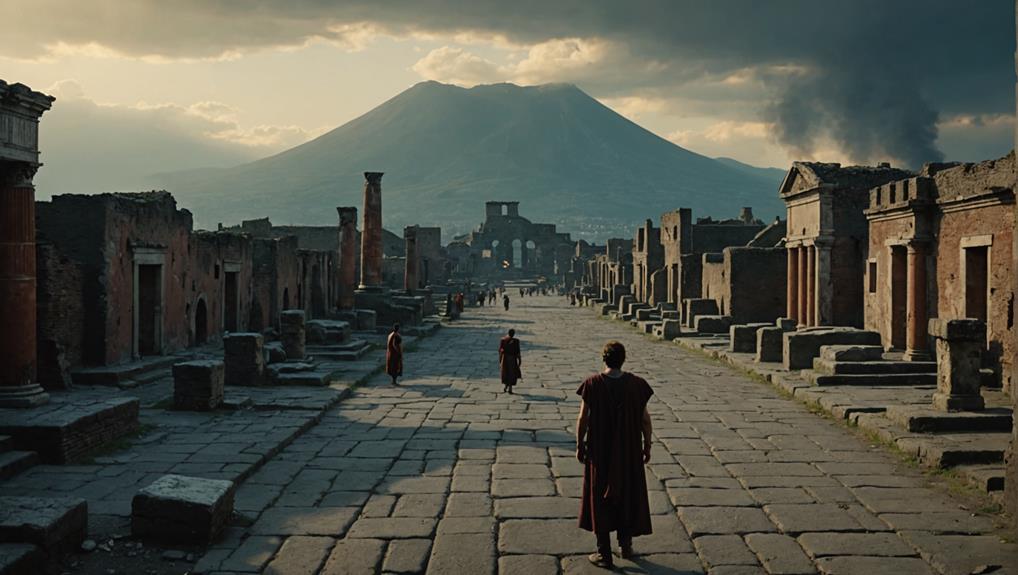
Frozen in Time: The Haunting Tale of Pompeii!
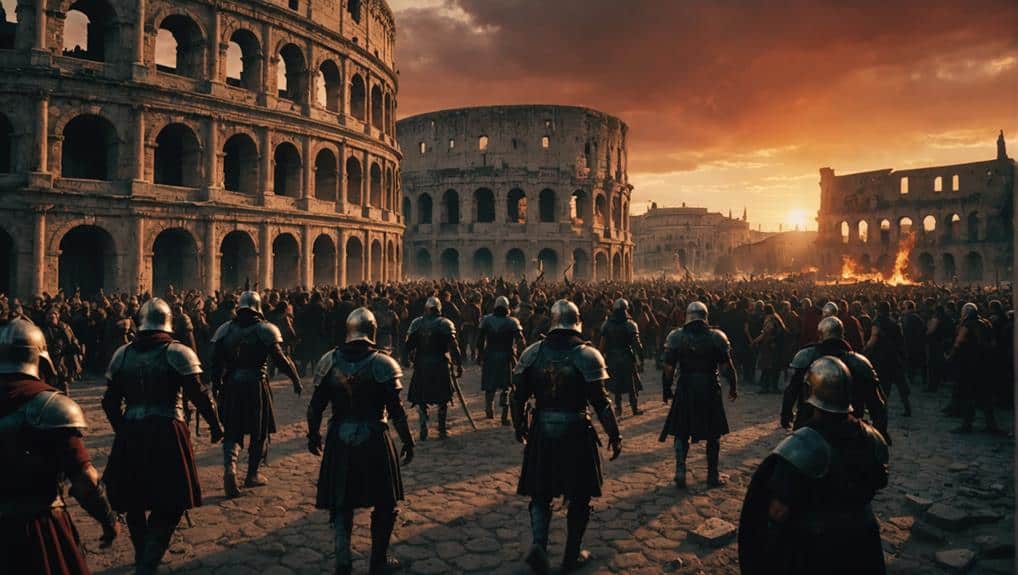
Fall of a Giant: The Sack of Rome by the Visigoths!

Constantine's Revolution: How Christianity Conquered Rome!
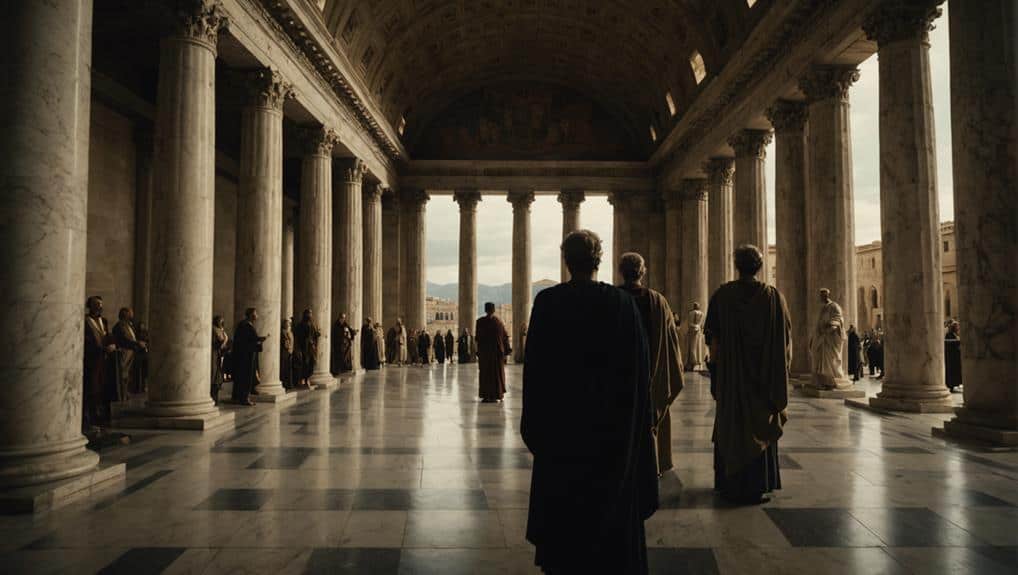
Political Powerhouse: The Rise and Fall of the Roman Senate!
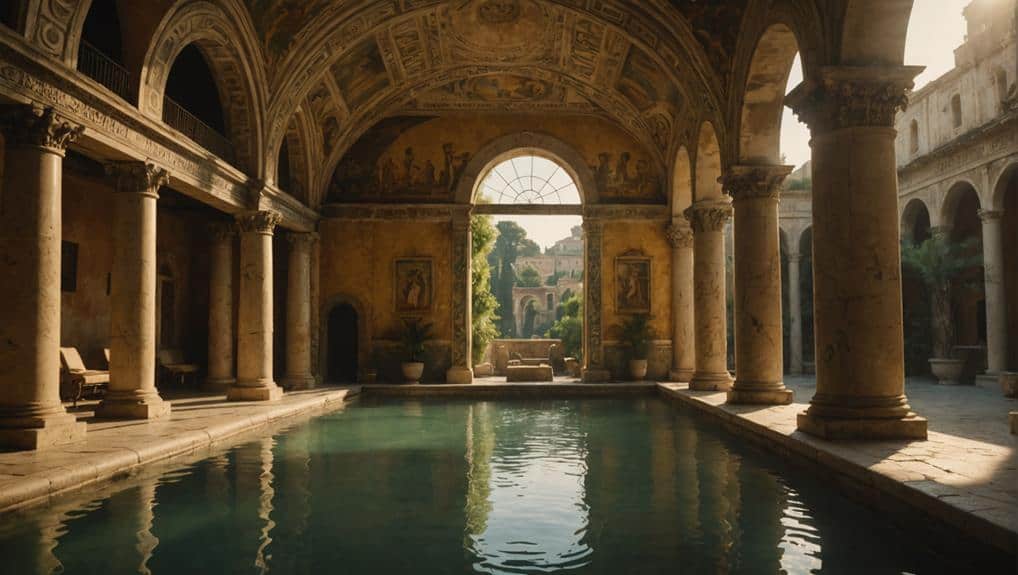
Luxury and Leisure: Inside the Ancient Roman Baths!

Defensive Masterpiece: The Mystery of Hadrian's Wall!
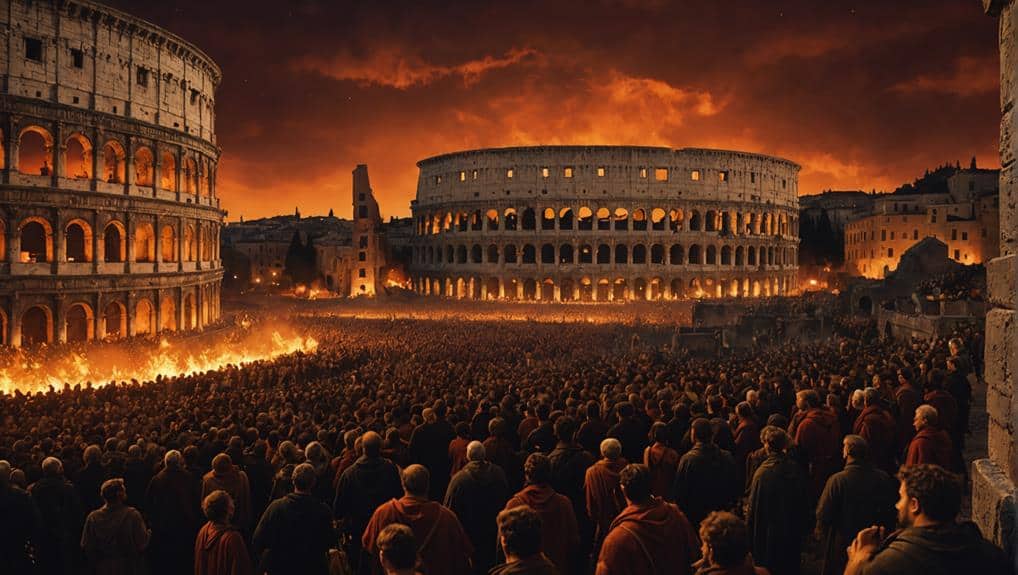
Nero's Inferno: The Truth Behind the Great Fire of Rome!
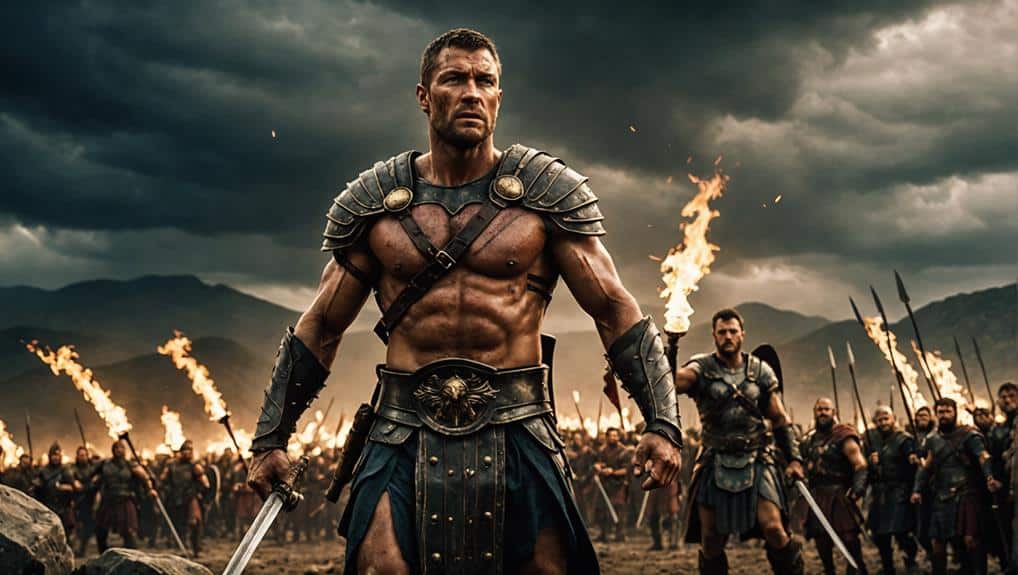
Rebel Hero: The Unbelievable Life of Spartacus!
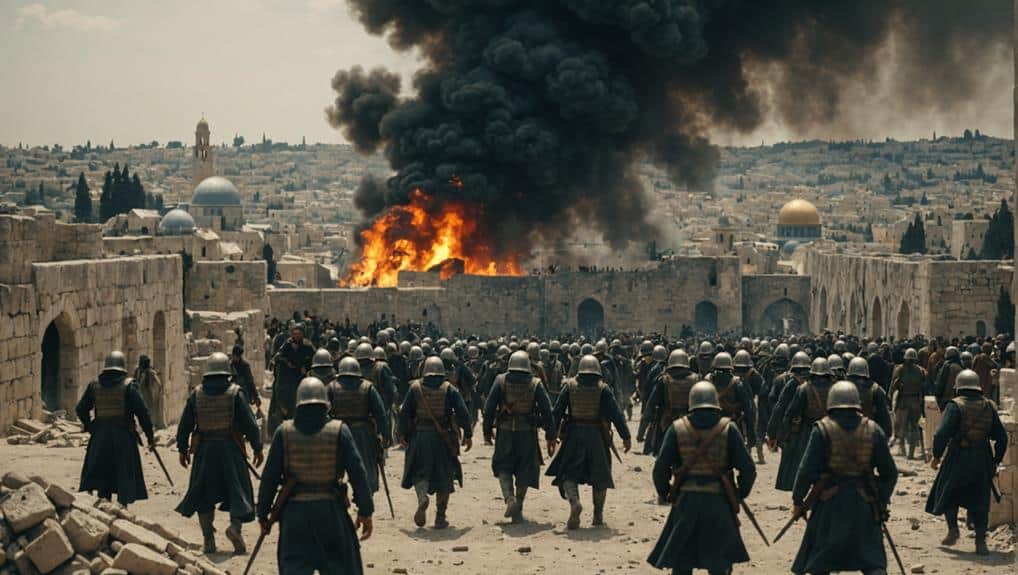
Siege and Destruction: The Fall of Jerusalem Under Roman Rule!

Engineering Marvels: How Roman Roads Connected an Empire!
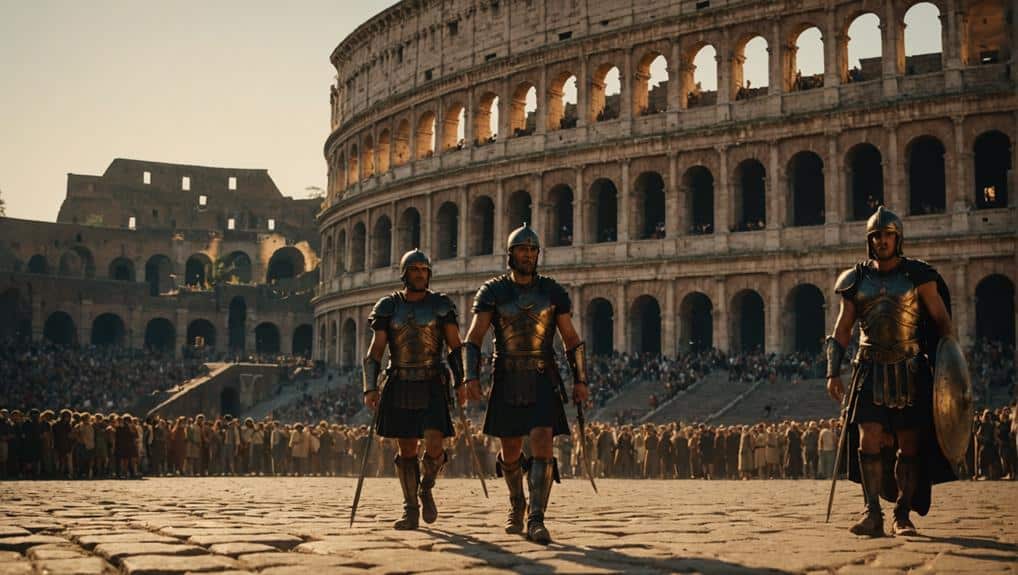
Colosseum Chronicles: The Epic History of Rome's Greatest Arena!

Blood and Sand: The True Story of Roman Gladiators!
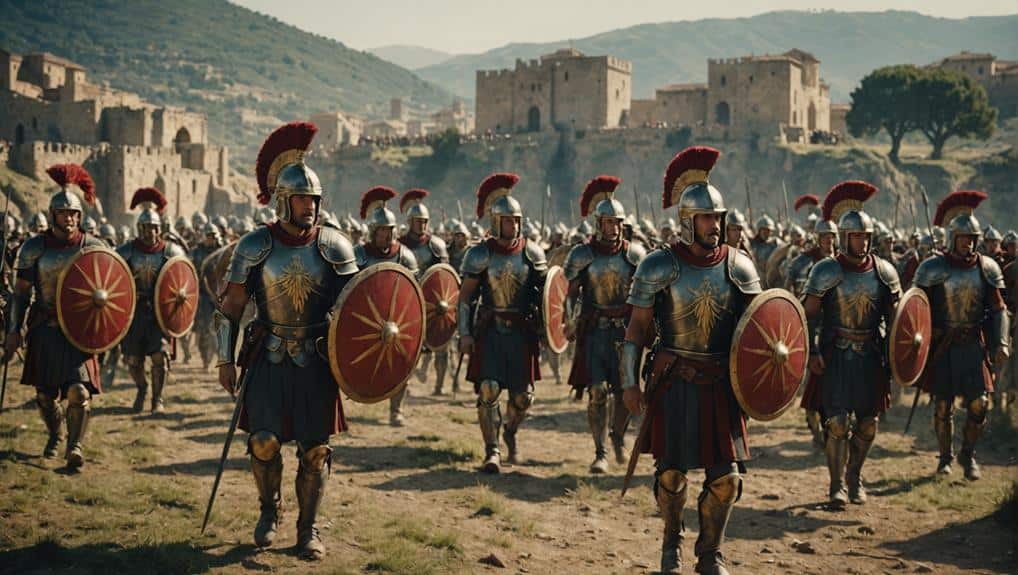
Unstoppable Force: The Secrets of the Roman Legion!
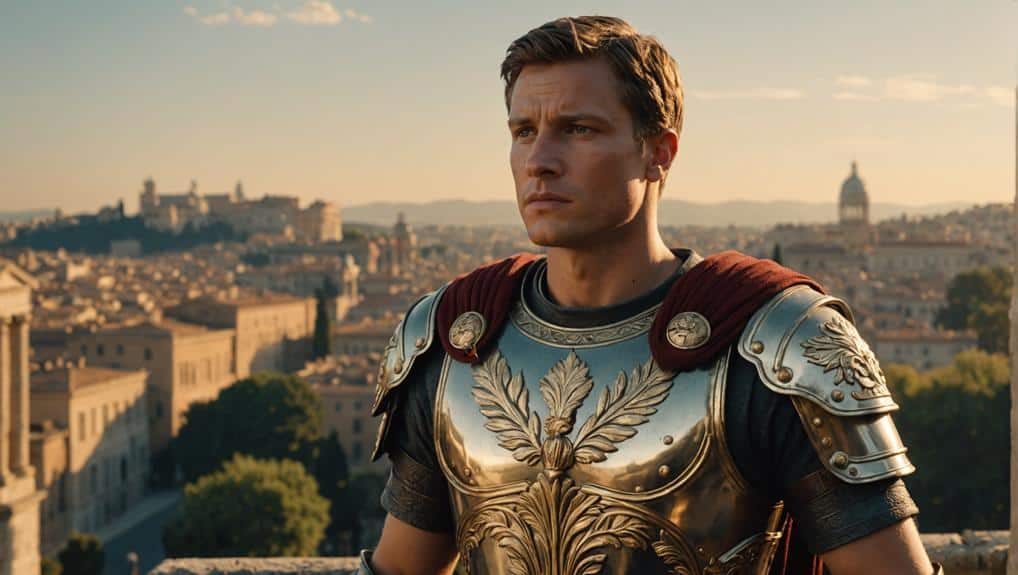
Augustus: The Emperor Who Brought Peace to Rome!
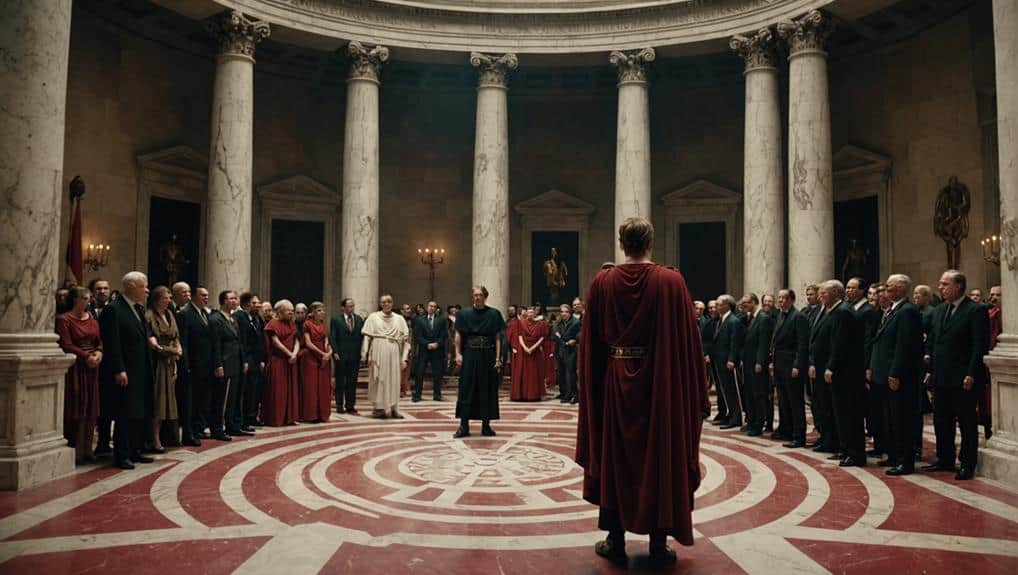
Ides of March: The Shocking Assassination of Julius Caesar!
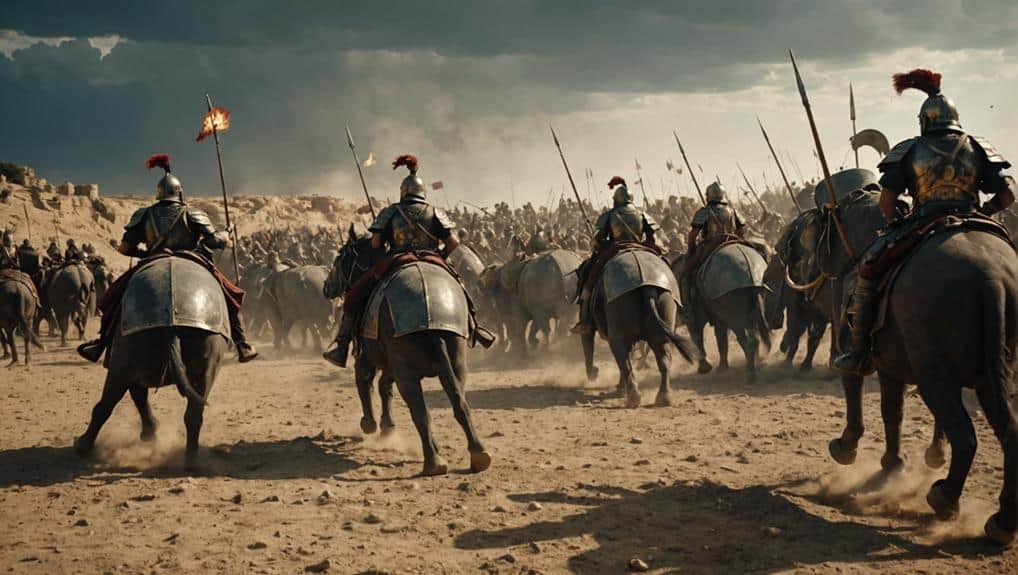
Rome Vs. Carthage: the Epic Struggle of the Punic Wars!


